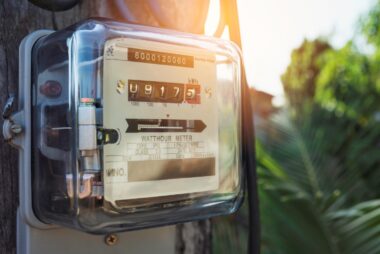
Advances in medicine have arguably been humanity’s greatest achievement over the past century. In 1920, the average life expectancy in the developed world was mid-50s, now it’s in the 80s. We have cured many diseases, improved our understanding of nutrition and have benefited immensely from technology.
Many of us can attest how fortunate we are to have parents and grandparents living to a grand old age. And what’s been more impressive, is that we’ve been able to help those we love extend their independence longer than ever before.
This will become crucial in the decades ahead. The elderly population is forecast to double globally by 2030, and many countries are already struggling with providing in-person care. To ensure we can adapt to this demographic shift, we are going to have to explore solutions now.
Technology can play a significant role in helping maintain physical and mental wellbeing. And it can alleviate the pressure on family members to always be present as they juggle the needs of their own families and busy careers. We’ve spoken about how the IoT is helping those with disability, and we wanted to explore how it could now help others too.
mHealth hub powered by M2M technology
We’ve formed a partnership with OnKöl. They have developed a monitoring device that collects data from medical devices and shares it with family members and care-givers.
We have embedded our IoT module within the device to securely manage and enable over-the-air services, personalization and software updates. The user’s medical devices communicate with the OnKöl via voice call, Bluetooth, USB, Wi-Fi, ZigBee, and even physical wired connections.

The idea is to streamline health management so that the user can go on living a normal life at home. In the background, the devices share readings securely, so any warning signs can be picked up, and any daily medication reminders delivered.
It is important that health solutions targeted at the elderly are convenient and secure. If it isn’t user-friendly and intuitive, a device is unlikely to become part of the daily routine. That’s why all our Internet of Things solutions, including this one, are designed right from the start with the end-user in mind. And for something as important as health, that’s essential.
We’ll keep you updated on the results from our partnership with OnKöl, and if you’re interested in learning more, visit our dedicated customer section.


